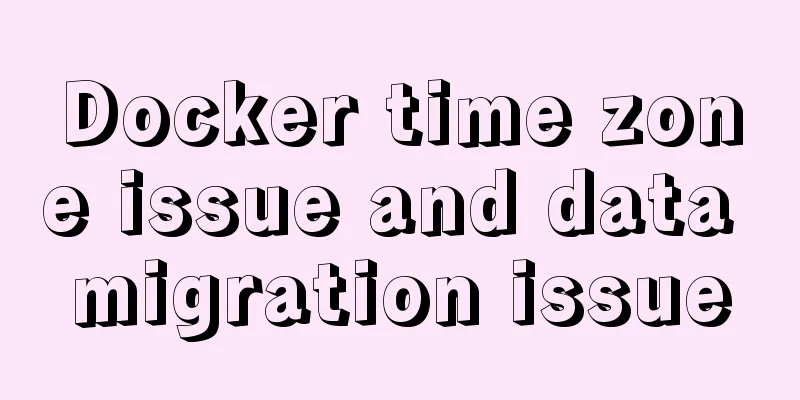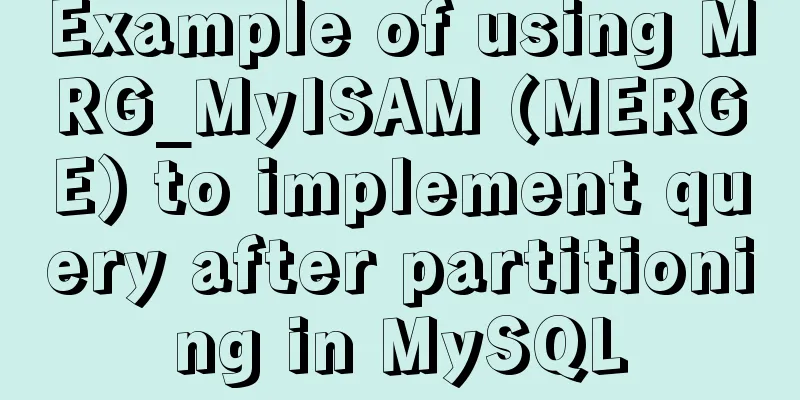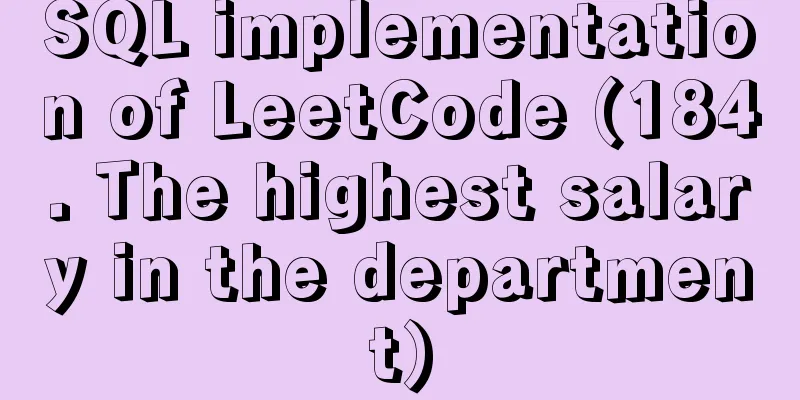Docker time zone issue and data migration issue

|
Latest solution: -v /usr/share/zoneinfo/Asia/Shanghai:/etc/timezone -v /etc/localtime:/etc/localtime:ro docker run --name tomcat-service-0 -d -p 8080:8080 -v /usr/share/zoneinfo/Asia/Shanghai:/etc/timezone -v /etc/localtime:/etc/localtime:ro -v /home/zjy/logs/tomcat-service-0:/usr/local/tomcat/logs -v /home/zjy/code/ligu/target:/usr/local/tomcat/webapps tomcat Question 1 When the project was deployed using Docker, it was found that the time zone in the Docker container was 8 hours different from the server time. illustrate When starting up, using this command only mounts the system time of the server and the container. You may enter the container and execute the "date" command to see that the time in the container is indeed changed, but the date of the environment where tomcat runs in the container is actually still unchanged. Solution (super simple) Use dockerFile to compile the image. The Dockerfile is as follows # Pull base image FROM tomcat:latest ENV TZ=Asia/Shanghai RUN ln -snf /usr/share/zoneinfo/$TZ /etc/localtime && echo $TZ > /etc/timezone Execute the following command Command format: $docker build -t image_name Dockerfile_path $:docker build -t timetomcat/timetomcat . Then when you start the container later, use the compiled tomcat As shown
Docker container migration illustrate When a server deployed by Docker changes, such as a database, and you want to deploy it to a new address, there are many ways to migrate this data: For databases: 1 Use MySQL's master-slave replication backup. During the project operation, back up the MySQL server to multiple addresses. For details, please see the address: https://zhangjy520.github.io/ 2 When starting MySQL, use -v to mount the local path and container path, and then copy the local path to the new server when migrating. 3 Export the MySQL database and import it to a new address, which is relatively low 4 Use Docker container migration. This blog is mainly about docker. Here we mainly talk about how to use docker migration Solution (super simple) Container migration Execute on the source server docker export 83271b648212 >time.tar //Export the container. The number here is the container ID. A tarball will be obtained. Explanation: When you open this compressed package, you can see that it is actually a directory structure of a Linux server. This command packages the container and the environment in which the container runs. Execute on the destination server cat time.tar | sudo docker import - time:v2 //Import the container and import it to get an image. Use docker run with command /bin/bash You can get the previous container including files Start the image sudo docker run -itd --name import_test -p 8087:8080 time:v2 /bin/bash
save / load sudo docker save web > web.tar sudo docker load < web.tar This is the end of this article about docker time zone issues and data migration issues. For more information about docker time zone issues and data migration issues, please search for previous articles on 123WORDPRESS.COM or continue to browse the following related articles. I hope you will support 123WORDPRESS.COM in the future! You may also be interested in:
|
<<: A brief discussion on the matching rules of host and user when Mysql connects to the database
>>: JavaScript anti-shake and throttling detailed explanation
Recommend
The pitfalls of deploying Angular projects in Nginx
Searching online for methods to deploy Angular pr...
MySQL multi-instance configuration application scenario
Table of contents MySQL multiple instances Multi-...
Native js to realize bouncing ball
On a whim, I wrote a case study of a small ball b...
Analysis of how to create a stored procedure in MySQL to add new fields to a data table
This article uses an example to describe how to c...
In-depth analysis of MySQL explain usage and results
Preface In daily work, we sometimes run slow quer...
The difference between method=post/get in Form
Form provides two ways of data transmission - get ...
Detailed explanation of the practice of installing the Permeate range system using VMware
1. Background We do some internal training from t...
Implementation of socket options in Linux network programming
Socket option function Function: Methods used to ...
Use CSS blend modes and SVG to dynamically change the color of your product images
A few days ago, I saw an example written by @Kyle...
JavaScript to implement slider verification code
This article shares the specific code of JavaScri...
Linux system command notes
This article describes the linux system commands....
Example code of javascript select all/unselect all operation in html
Copy code The code is as follows: <html> &l...
CSS pseudo-class: empty makes me shine (example code)
Anyone who has read my articles recently knows th...
Several ways to shut down Hyper-V service under Windows 10
When using VMware Workstation to open a virtual m...
Ubuntu 20.04 how to modify the IP address example
illustrate: Today, when continuing the last offic...














